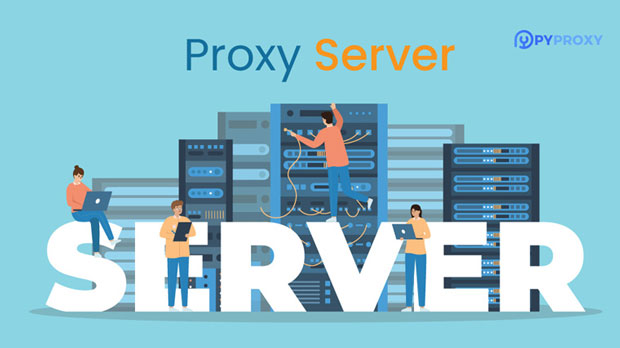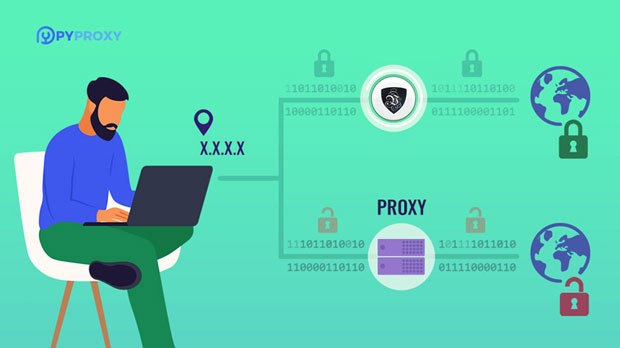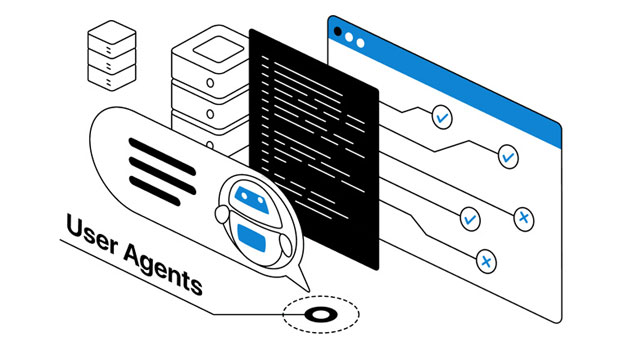In the world of online privacy and security, proxies play a crucial role in masking users' IP addresses and routing traffic through a remote server. Among the various types of proxies, socks5 proxies are often considered one of the most versatile. However, not all SOCKS5 proxies are created equal. There are significant differences between private SOCKS5 proxies and public proxies that users need to understand to make informed decisions based on their needs. This article will delve into the nature of private SOCKS5 proxies, explore how they work, and highlight the key distinctions between them and public proxies. Understanding socks5 proxy ServiceBefore we dive into the differences, it's essential to have a basic understanding of what a SOCKS5 proxy is and how it functions. SOCKS5 stands for "Socket Secure" version 5. It is a protocol that routes internet traffic through a third-party server to mask the user's original IP address. Unlike other proxies, such as HTTP proxies, SOCKS5 does not alter the content of the traffic, making it suitable for a wide range of activities beyond simple web browsing.SOCKS5 operates at a lower level in the networking stack, specifically handling packets at the transport layer. This means it is more flexible than other proxies, supporting a broader range of internet protocols like HTTP, FTP, and P2P file sharing. The proxy server routes traffic between the client and the internet without modifying the data, which increases both security and performance.Private vs. Public SOCKS5 Proxies: Key DifferencesThe primary distinction between private SOCKS5 proxies and public proxies lies in their availability, performance, security, and intended use.1. Availability and ExclusivityPrivate SOCKS5 Proxy: A private SOCKS5 proxy is an exclusive proxy service dedicated to a single user or a small group of users. This means the IP addresses assigned to the users are not shared with anyone else, ensuring a higher level of privacy and exclusivity. These proxies are often rented for a specific period and are commonly used for tasks requiring constant and reliable access.Public SOCKS5 Proxy: In contrast, a public SOCKS5 proxy is available for anyone to use. These proxies are typically free or very inexpensive. They are shared by a large number of users at any given time, meaning the same IP address may be used by hundreds or even thousands of individuals. While they may offer temporary anonymity, they often come with performance and security risks.2. Performance and SpeedPrivate SOCKS5 Proxy: The performance of private SOCKS5 proxies is typically superior. Since these proxies are not shared among multiple users, the bandwidth and resources are dedicated to a smaller group. This often results in faster speeds, more consistent performance, and less likelihood of service interruptions. Private proxies are also less likely to suffer from congestion, making them ideal for high-demand activities like gaming, streaming, or large-scale data scraping.Public SOCKS5 Proxy: The performance of public proxies can be highly variable. Because these proxies are shared by many users simultaneously, bandwidth is often spread thin, leading to slower speeds and inconsistent performance. Public proxies are also prone to overloads, especially during peak usage times, which can severely affect their reliability.3. Security and AnonymityPrivate SOCKS5 Proxy: Security is one of the key advantages of private SOCKS5 proxies. These proxies offer a higher level of privacy because only the user has access to the IP address assigned to them. Additionally, private proxy services usually implement better encryption and authentication protocols to protect users' data and online activities from being intercepted by third parties.Public SOCKS5 Proxy: Public SOCKS5 proxies are generally much less secure. Since they are used by many people, they are often vulnerable to various types of cyberattacks, such as man-in-the-middle attacks. Furthermore, many public proxies do not provide any encryption, leaving users' internet traffic exposed. This lack of security is particularly concerning for users who want to protect sensitive information or engage in activities that require strong anonymity.4. Use CasesPrivate SOCKS5 Proxy: Private SOCKS5 proxies are often used by individuals or organizations with more specific needs, such as online marketers, researchers, or businesses engaging in e-commerce. These users need reliable, fast, and secure access to restricted content or services without sharing their IP addresses with anyone else. Common use cases include web scraping, accessing geo-blocked content, and maintaining multiple social media accounts.Public SOCKS5 Proxy: Public proxies, on the other hand, are often used for less sensitive activities, such as browsing anonymously or accessing region-locked websites. While they can provide some degree of anonymity, they are not suitable for high-stakes tasks like financial transactions or any activity requiring high security.5. CostPrivate SOCKS5 Proxy: One of the most significant differences between private and public SOCKS5 proxies is the cost. Private proxies are a paid service, and the price varies based on factors like the number of IP addresses, the duration of use, and the level of support. Although the cost can be relatively high, the benefits of performance, security, and exclusivity often justify the investment for users with specific needs.Public SOCKS5 Proxy: Public proxies, in contrast, are usually free or very inexpensive. However, the saying "you get what you pay for" holds true in this case. While public proxies may offer a low-cost solution for occasional use, their limitations in terms of speed, security, and reliability make them unsuitable for more serious or prolonged tasks.6. ReliabilityPrivate SOCKS5 Proxy: Private SOCKS5 proxies are typically more reliable because the service is dedicated to a single user. Users can expect consistent performance with less downtime and fewer service disruptions. Additionally, private proxy providers usually offer customer support to resolve any issues promptly.Public SOCKS5 Proxy: Public SOCKS5 proxies are less reliable due to the high number of users sharing the same resources. These proxies may frequently go offline, experience slow speeds, or be blocked by websites. Moreover, since there is no dedicated support, users may find it challenging to troubleshoot any issues they encounter.Conclusion: Choosing the Right Proxy for Your NeedsWhen choosing between a private SOCKS5 proxy and a public proxy, users must carefully consider their specific needs and requirements. Private SOCKS5 proxies offer better performance, enhanced security, and a more reliable service, making them ideal for tasks that demand privacy, speed, and stability. While they come at a cost, the benefits often outweigh the price for serious users.On the other hand, public SOCKS5 proxies can be a suitable option for individuals seeking basic anonymity or who only need temporary access to restricted content. However, due to their shared nature, lower security, and inconsistent performance, they are less appropriate for users who prioritize privacy or engage in activities that require high security.Ultimately, the choice between private and public SOCKS5 proxies depends on the user's specific goals, the level of privacy they require, and their willingness to invest in a more secure and reliable service. By understanding these differences, users can make informed decisions that best meet their needs while navigating the complexities of online privacy and security.
Dec 27, 2024
![arrow]()



















































